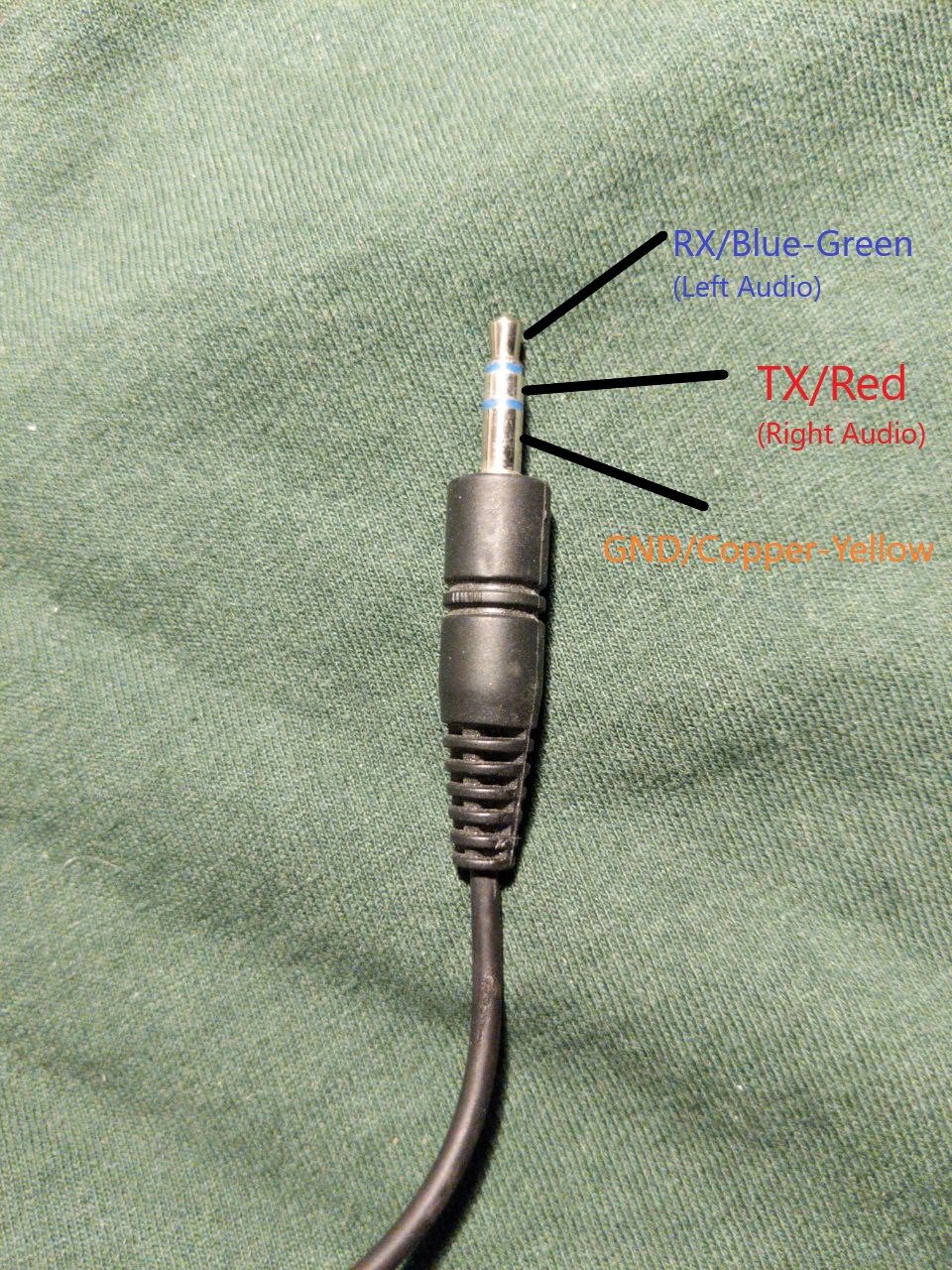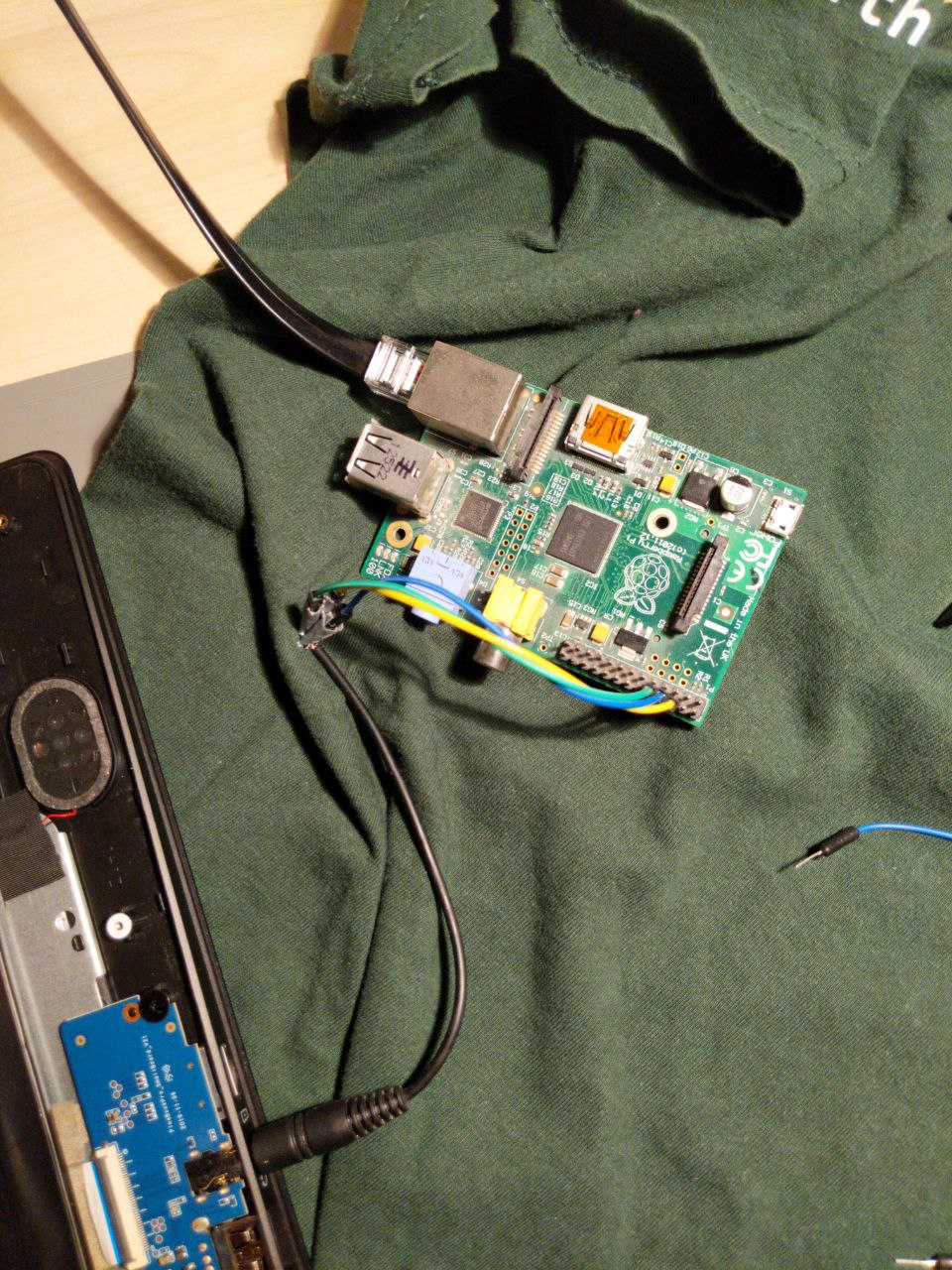Datasheets are available at [rockchip.fr](https://rockchip.fr). A backup of the relevant datasheets can be found in this repo in the dedicated folder.
### UART Interface
Self building the serial to 3.5mm cable is an easy task (even without a proper tester):
The baudrate for the rk3399 SoC is 1500000 or 1.5Mmbps. Note that not every serial adapter does support this kind of rate. If if it does, there might be driver issues. Furthermore, not every console software supports that baudrate: for instance GNU `screen` used to had problems. `picocom` is a well tested and working solution that supports capture.
Serial adapters:
* CP2102 does not support the baudrate
* CH340 in a serial DB9 cable does not work due to the voltage of 5V
* PL011 is built in in all generations of Raspberry Pi and does work
* CH340/CH340G with 3.3V are reported working
The bootrom does not provide any output.


### U-Boot build
The following build process builds everything from sources, using the latest ATF.
This is not a security issue and does not exploit any hole. Since the Pinebook Pro is a developer board, it is fully unlocked and thus we can run any code we want by patching the SPL stage of U-Boot which run at Secure Level 3 and thus has the highest privileges.
The bootrom should follow the following logical flow:
1. Do basic hardware initialization
2. Test and attempt to boot from the SPI NOR
3. Test and attempt to boot from the eMMC
4. Test and attempt to boot from the SD
5. In case all attempts above fails, enter MaskRom/Recvoery mode
6. If in Maskrom mode, attempt recovery via USB OTG
The bootrom can be dumped easily, in the file `u-boot/arch/arm/mach-rockchip/bootrom.c` replace the function `back_to_bootrom` with the following code: